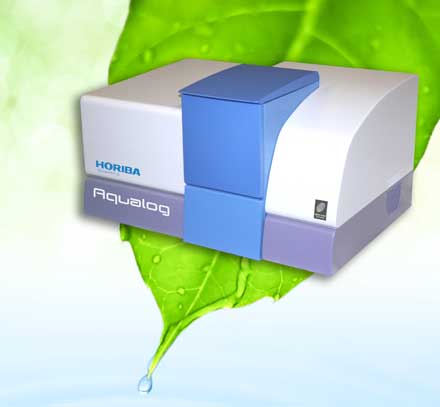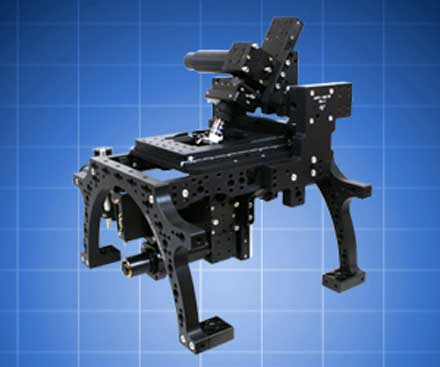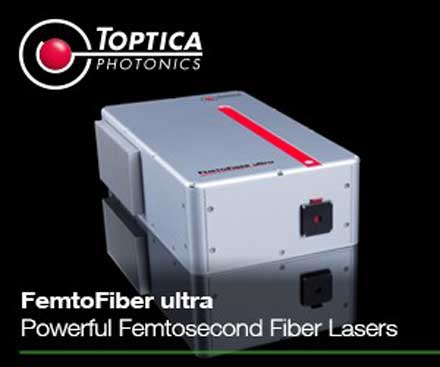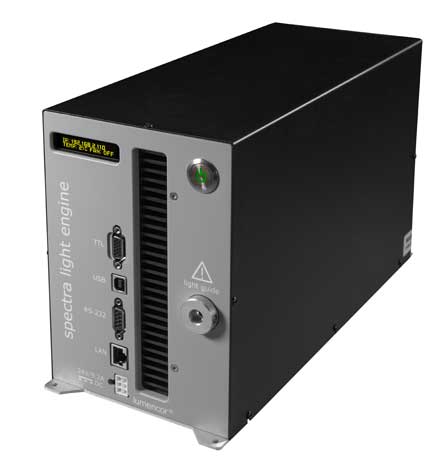|
Wednesday, December 27, 2017
|
|

|
|
|
Monthly newsletter focusing on how light-based technologies are being used in the life sciences. Includes news, features and product developments in lasers, imaging, optics, spectroscopy, microscopy, lighting and more. Manage your Photonics Media membership at Photonics.com/subscribe.
|
|
|
|
sponsor
|

|
|
Photomediated Ultrasound Therapy Offers Precision Targeting of Microvessels
Neovascularization and vascularization play a critical role in the pathogenesis of numerous pathological conditions, including cancer, inflammation and retinal vascular diseases. Retinal diseases such as macular degeneration and diabetic retinopathy are leading causes of blindness. Therefore, significant research efforts have focused on the development of antivascular therapies, which include anti-angiogenic and vascular targeting therapies.
|
|
|
|
|
|
Smartphone App Objectively Assesses Brain Injuries in The Field
A smartphone app that detects concussion and other traumatic brain injuries (TBIs) could be used to determine whether someone — whether a football player, a soldier in battle, or an elderly person who has fallen — should be further assessed for concussion or other brain injury. The app, called PupilScreen, uses a smartphone’s video camera and deep learning tools to identify changes in the pupil’s response to light.
|
|
|
|
|
|
DGC Helps Illuminate Mechanisms of Alcohol Dependency
Imaging transparent, colorless specimens has always presented a challenge in optical microscopy. In many applications, it is not desirable or even possible to use fluorescent dyes, stains or transgenic probes to render target objects more visible.
|
|
|
|
|
|
 A-TEEM and Molecular Fingerprinting
A-TEEM and Molecular Fingerprinting
HORIBA Scientific
A-TEEM (Absorbance and Transmission Excitation Emission Matrix) simultaneously measures absorbance and fluorescence transmission. A-TEEM fingerprints molecules with high specificity and ultrahigh-sensitivity enabling researchers to identify, quantify and understand dynamics of fluorescing and absorbing molecular states and mixtures.
Visit Website
Request Info
|
|
|
 Light Sheet Microscopy (oSPIM)
Light Sheet Microscopy (oSPIM)
Applied Scientific Instrumentation Inc.
ASI’s Oblique Single Illumination Microscope (oSPIM) is an excellent platform for high resolution light sheet microscopy for samples mounted in standard coverslip-bottom culture dishes. The oSPIM is a single-view light sheet system where the illumination light sheet is generated at an oblique angle using an oil immersion objective below the sample dish.
Visit Website
Request Info
|
|
|
|
|
|
 Powerful Femtosecond Fiber Lasers
Powerful Femtosecond Fiber Lasers
TOPTICA Photonics Inc.
The FemtoFiber ultra series shares the advantages of TOPTICA’s previous ultrafast fiber laser generations. The systems are compact lasers that work reliable just after a push-button start. No water-cooling is required since a simple air-cooling is sufficient for a stable operation.
Visit Website
Request Info
|
|
|
|
|
 Eight Bright Solid-State Light Sources
Eight Bright Solid-State Light Sources
Lumencor Inc.
Lumencor’s new SPECTRA III Light Engine® is here, with
• Eight independent solid-state light sources
• Spectrally optimized DAPI, CFP, GFP, YFP, Cy3, mCherry, Cy5 and Cy7 excitation
• ~0.5W per output channel from a standard liquid light guide
Visit Website
Request Info
|
|
|
|
|
One year after establishing the intelligent systems engineering program at the Indiana University (IU) School of Informatics, Computing and Engineering, the university has been awarded a five-year, $4 million grant from the National Science Foundation to advance nanoscale devices to improve human health and fight cancer.
|
|
|
|
Deep learning, one of the key technologies behind advances in real-time speech recognition and automated image and video labeling, is being used to reconstruct holograms to form microscopic images of samples. Researchers are using a convolutional neural network-based method that is trained through deep learning to rapidly perform phase recovery and holographic image reconstruction.
|
|
|
|
PBM 101: Photobiomodulation Basics
Tue, Jan 9, 2018 1:00 PM - 2:00 PM EST
This webinar will provide a brief history of the use of light and color to diagnose and treat disease. It will review the science behind photobiomodulation (PBM) and present examples of 'real world' applications for this emerging technology. Presenter Robert S. Dotson, M.D., FAAO (board-certified, Ophthalmology) has been actively involved in researching and developing PBM technology for applications within ophthalmology for over 15 years. He is the founder of two companies focused on developing PBM applications, Photospectra and LumiThera.
|
|
|
|
The MUSE Microscope for Advancing Light Microscopy
Tue, Jan 16, 2018 1:00 PM - 2:00 PM EST
This webinar will introduce microscopy with UV surface excitation (MUSE), a fluorescence-based, slide-free optical imaging system that provides high-resolution diagnostic images in minutes without causing damage to fragile tissue samples. Presenter Richard Levenson, M.D., FCAP, will discuss the development of the MUSE microscope and demonstrate its use. Researchers, scientists and clinicians who are interested in learning about novel forms of microscopy and recent advances in the field will benefit from attending and/or viewing this free webinar.
|
|
|
|
Features
Terahertz Technology; In Vivo endoscopic Imaging; Laser Ablation; Knife-Edge Scanning Microscopy
Photonics Media is currently seeking technical feature articles on a variety of topics for publication in our magazine BioPhotonics. Please submit an informal 100-word abstract to Associate Managing Editor Marcia Stamell at [email protected] or use our online submission form www.photonics.com/submitfeature.aspx.
|
|
|
|